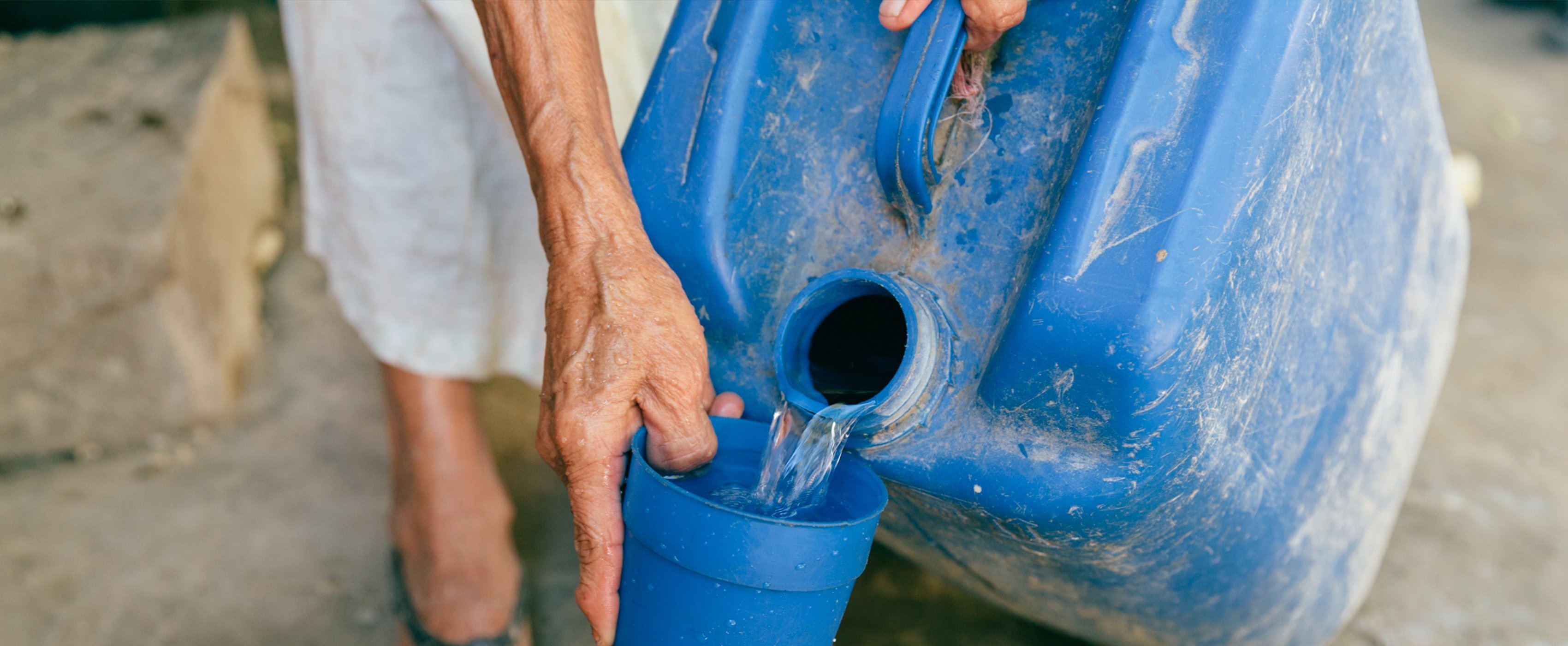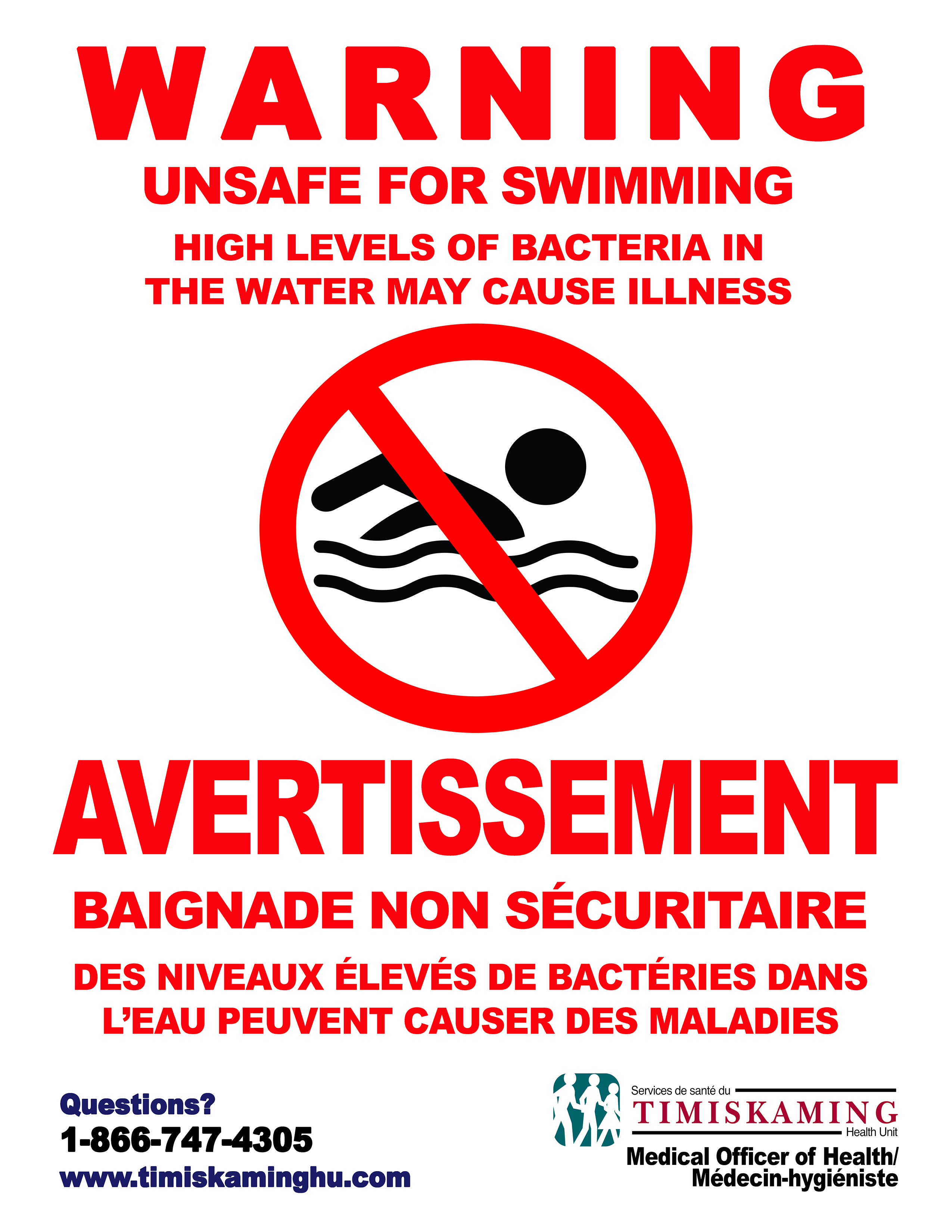Viral News | Explore around Viral and popular News this year
Unveiling The Unfit: A Comprehensive Guide To Unsafe Beach Water In Brazil
Unveiling The Unfit: A Comprehensive Guide To Unsafe Beach Water In Brazil, a topic that often goes unnoticed, yet holds significant implications for the health and well-being of beachgoers and coastal communities in Brazil.
Editor's Notes: "Unveiling The Unfit: A Comprehensive Guide To Unsafe Beach Water In Brazil" have published today date. Understanding the risks associated with unsafe beach water is crucial, as it can lead to various health issues, including gastrointestinal illnesses, skin infections, and respiratory problems. This guide provides valuable information on identifying and avoiding unsafe beach water, ensuring a safe and enjoyable beach experience for all.
Through extensive analysis and research, Unveiling The Unfit: A Comprehensive Guide To Unsafe Beach Water In Brazil, we have compiled this comprehensive guide to empower readers with the knowledge and tools they need to make informed decisions about beach water safety. By shedding light on this critical issue, we aim to raise awareness and promote responsible beach practices, ultimately contributing to the well-being of beachgoers and the preservation of Brazil's coastal ecosystems.

Unveiling iPhone 10: A Comprehensive User Guide | CitizenSide - Source citizenside.com
Key Differences
| Criteria | Safe Beach Water | Unsafe Beach Water |
|---|---|---|
| Appearance | Clear, blue-green | Turbid, brown, or green |
| Odor | No noticeable odor | Sewer-like or musty odor |
| Presence of Debris | Minimal or no debris | Excessive seaweed, algae, or trash |
| Water Quality | Low levels of bacteria and pollutants | High levels of bacteria, sewage, or industrial waste |
| Health Risks | Low risk of illness | High risk of gastrointestinal illnesses, skin infections, and respiratory problems |
Main Article Topics
FAQ
This comprehensive guide provides crucial information regarding unsafe beach water in Brazil, aiding beachgoers in making informed decisions to safeguard their health while enjoying their time at the coast. Frequently asked questions (FAQs) are addressed below to clarify common concerns and misconceptions.

Capybaras swimming in water in Brazil, South America — rodents, Animals - Source focusedcollection.com
Question 1: What factors contribute to unsafe beach water in Brazil?
Unsafe beach water can result from various sources, including untreated sewage discharge, industrial wastewater, agricultural runoff, and inadequate sanitation infrastructure. These contaminants can carry harmful bacteria, viruses, and parasites that pose health risks to swimmers.
Question 2: How can I identify unsafe beach water?
Indicators of unsafe beach water include visible pollution (such as garbage or sewage), discolored water, foul odors, and algal blooms. It's recommended to avoid swimming in areas with these characteristics.
Question 3: What are the health risks associated with swimming in unsafe beach water?
Exposure to contaminated beach water can lead to various health issues, including gastrointestinal illnesses (e.g., diarrhea, vomiting), skin infections (e.g., rashes, cuts), and respiratory problems (e.g., coughing, wheezing). In severe cases, waterborne diseases can be life-threatening.
Question 4: What steps are being taken to improve beach water quality in Brazil?
Efforts are underway to address water pollution and enhance beach water quality in Brazil. These include implementing wastewater treatment plants, regulating industrial discharges, promoting sustainable agriculture practices, and investing in sanitation infrastructure.
Question 5: What can beachgoers do to protect their health?
To minimize health risks, beachgoers should avoid swimming in visibly polluted areas, follow posted water quality advisories, practice good hygiene, and seek medical attention promptly if they experience any health symptoms after swimming.
Question 6: Where can I find up-to-date information on beach water quality in Brazil?
Several resources provide real-time water quality data for Brazilian beaches. These include government websites, environmental monitoring agencies, and mobile applications. It's advisable to consult these sources before swimming to make informed decisions.
By understanding the causes, risks, and preventive measures related to unsafe beach water in Brazil, beachgoers can enjoy their coastal experiences safely and minimize potential health hazards.
Explore the rest of our guide for further insights and valuable information on this topic.
Tips
Take precautions to avoid unsafe beach water in Brazil:Unveiling The Unfit: A Comprehensive Guide To Unsafe Beach Water In Brazil
Tip 1: Check for Water Quality Reports
Before swimming in a beach, check for water quality reports issued by local authorities or environmental agencies

Brazil's Water Crisis - Water In Brazil 2019 | Water.org - Source water.org
. These reports indicate the presence of bacteria, pollutants, and other contaminants that can pose health risks.
Tip 2: Observe the Water's Appearance
Avoid swimming in water that is cloudy, discolored, or has a foul odor. Such conditions suggest the presence of contaminants that can cause skin and respiratory infections.
Tip 3: Avoid Swimming After Heavy Rain
Heavy rainfall can wash pollutants, animal waste, and bacteria into the ocean. Swimming in such water increases the risk of gastrointestinal and other health issues.
Tip 4: Choose Designated Swimming Areas
Designated swimming areas are typically monitored for safety and cleanliness. They are less likely to be contaminated compared to non-designated areas.
Tip 5: Look for Blue Flag Beaches
Beaches with the Blue Flag certification meet strict environmental and safety standards, indicating clean and safe water for swimming.
Tip 6: Avoid Swimming near Discharge Points
Avoid swimming near stormwater drains, sewage outlets, or other sources of potential pollution. These areas often carry contaminants that can make the water unsafe.
Tip 7: Be Aware of Local Warnings
Pay attention to warning signs or announcements from lifeguards or local authorities. These warnings may indicate unsafe water conditions or other hazards.
Summary: By following these tips, beachgoers can minimize the risks associated with unsafe beach water in Brazil. Always prioritize safety and avoid swimming in water that appears contaminated or poses a potential health threat.
Unveiling The Unfit: A Comprehensive Guide To Unsafe Beach Water In Brazil
Brazil, renowned for its pristine beaches, harbors an unsettling truth: many of its coastal waters teem with unseen hazards, rendering them unsafe for swimming. This guide unveils the key aspects that contribute to this alarming situation, empowering beachgoers with the knowledge to safeguard their well-being.

Comprehensive Guide To Forklift Safety Checklist DataMyte, 54% OFF - Source www.elevate.in
- Bacterial Contamination: Untreated sewage and agricultural runoff introduce harmful bacteria into beach waters, causing infections and gastrointestinal distress.
- Chemical Pollutants: Industrial effluents and agricultural chemicals leach into the ocean, posing risks to human health and marine ecosystems.
- Harmful Algal Blooms: Nutrient-rich waters foster the proliferation of toxic algae, releasing toxins that can cause respiratory problems and skin irritation.
- Microplastics: Tiny plastic particles accumulate in beach sand and water, threatening marine life and potentially harming humans.
- Rip Currents: Powerful, narrow currents that can pull swimmers away from shore, leading to drowning incidents.
- Jellyfish: Box jellyfish and other venomous species frequent Brazilian waters, causing painful stings and allergic reactions.
These key aspects underscore the urgent need for comprehensive monitoring, pollution control measures, and public awareness campaigns. By understanding these hazards, beachgoers can make informed decisions about where and when to swim, ensuring their safety and preserving the beauty of Brazil's coastal paradise.

Beach Water Testing - Source www.timiskaminghu.com
Unveiling The Unfit: A Comprehensive Guide To Unsafe Beach Water In Brazil
"Unveiling The Unfit: A Comprehensive Guide To Unsafe Beach Water In Brazil" is a valuable resource that sheds light on an important issue affecting the health and well-being of Brazilians. The data collected by researchers provides a comprehensive overview of the extent of the problem, including the identification of specific beaches that pose a high risk to swimmers due to contamination and pollution.

Marathons in Utah: A Comprehensive Guide to Races 2024 - Source runfitjourney.com
The causes of unsafe beach water in Brazil are complex and varied, but include factors such as inadequate wastewater treatment infrastructure, industrial pollution, and agricultural runoff. Understanding these causes is essential for developing effective strategies to improve water quality and reduce the risk of waterborne illnesses.
The practical significance of understanding the connection between "Unveiling The Unfit: A Comprehensive Guide To Unsafe Beach Water In Brazil" lies in its potential to inform policy decisions and public health interventions. By identifying the beaches that pose the greatest risk, resources can be allocated more effectively to address the problem and protect the public from harm.
Conclusion
"Unveiling The Unfit: A Comprehensive Guide To Unsafe Beach Water In Brazil" provides a comprehensive overview of the problem of unsafe beach water in Brazil and highlights the importance of addressing this issue to protect public health. The data collected by researchers provides a valuable resource for decision-makers and public health officials, and the insights gained from this study can help to inform strategies to improve water quality and reduce the risk of waterborne illnesses.
The issue of unsafe beach water in Brazil is a complex one, but it is one that can be solved through a combination of policy changes, public education, and investment in infrastructure. By working together, we can ensure that all Brazilians have access to safe and clean beaches.